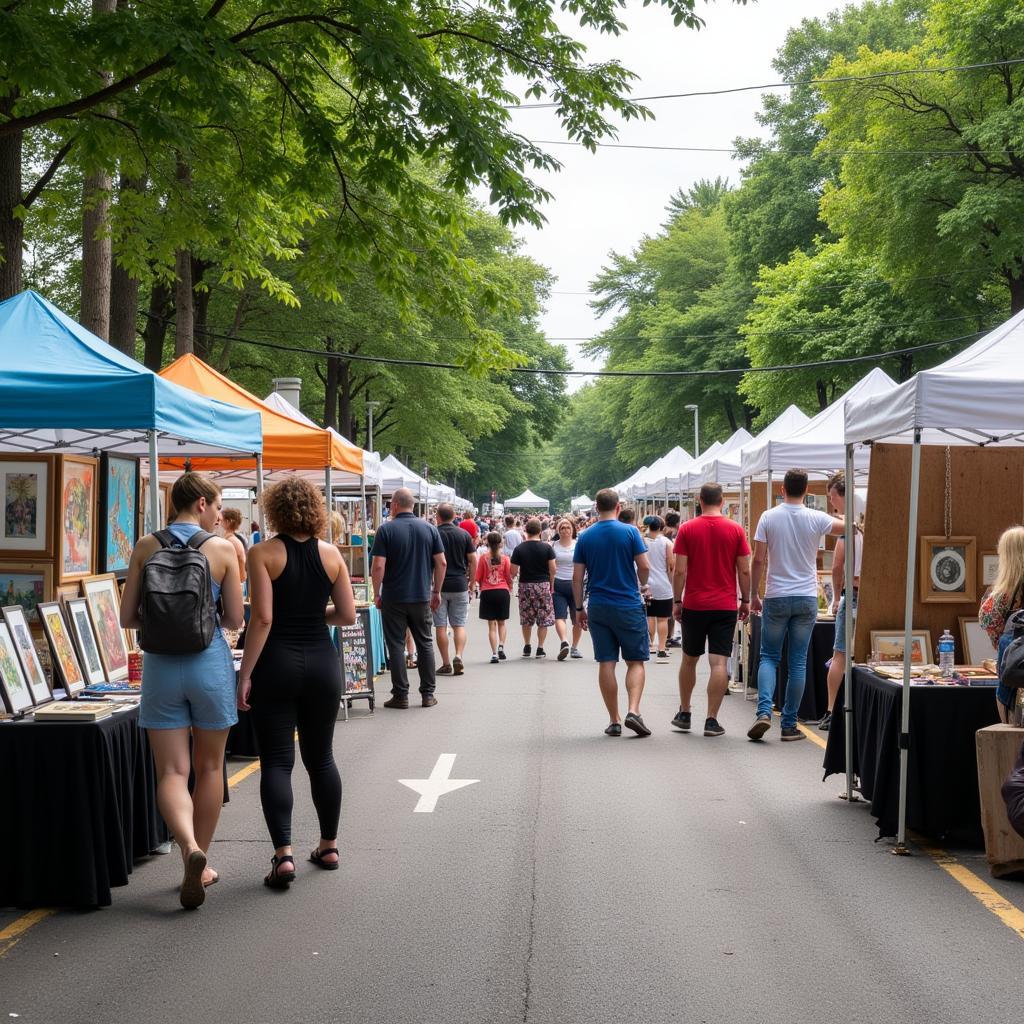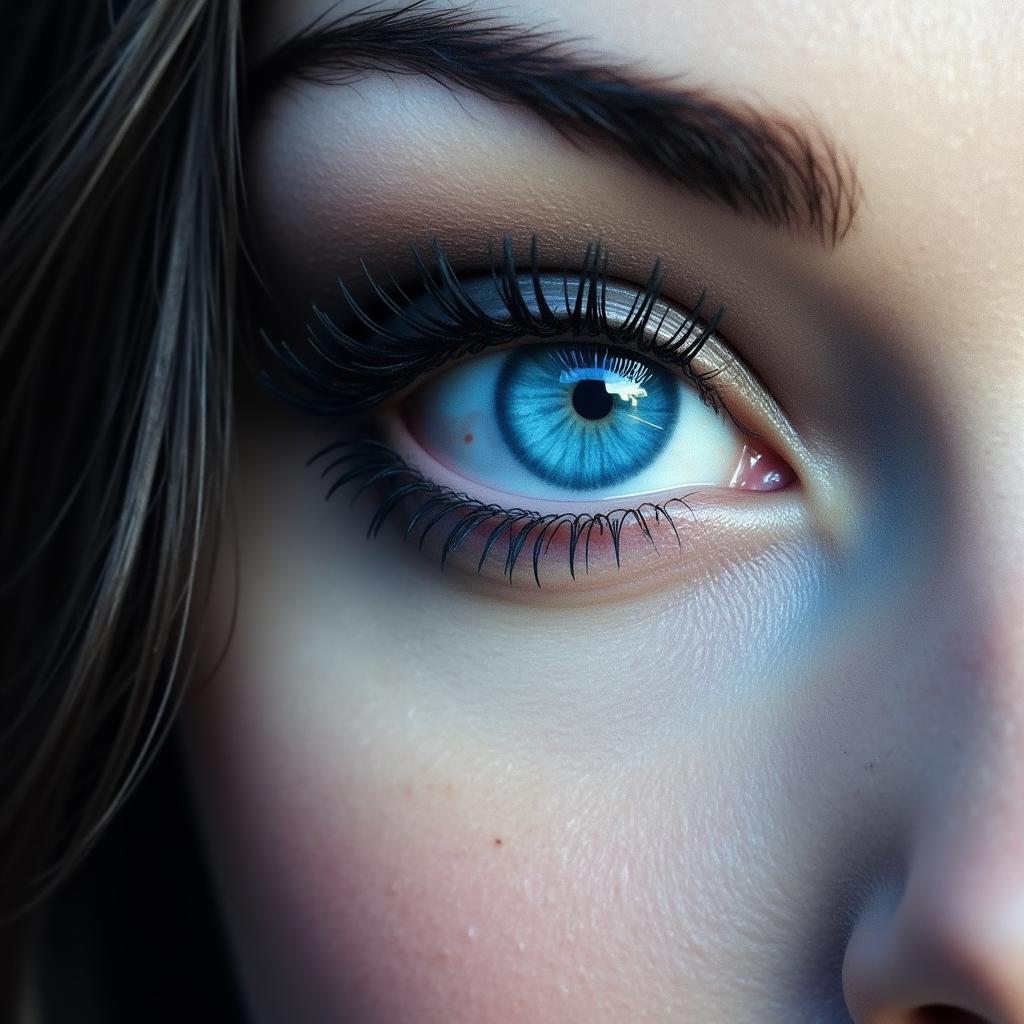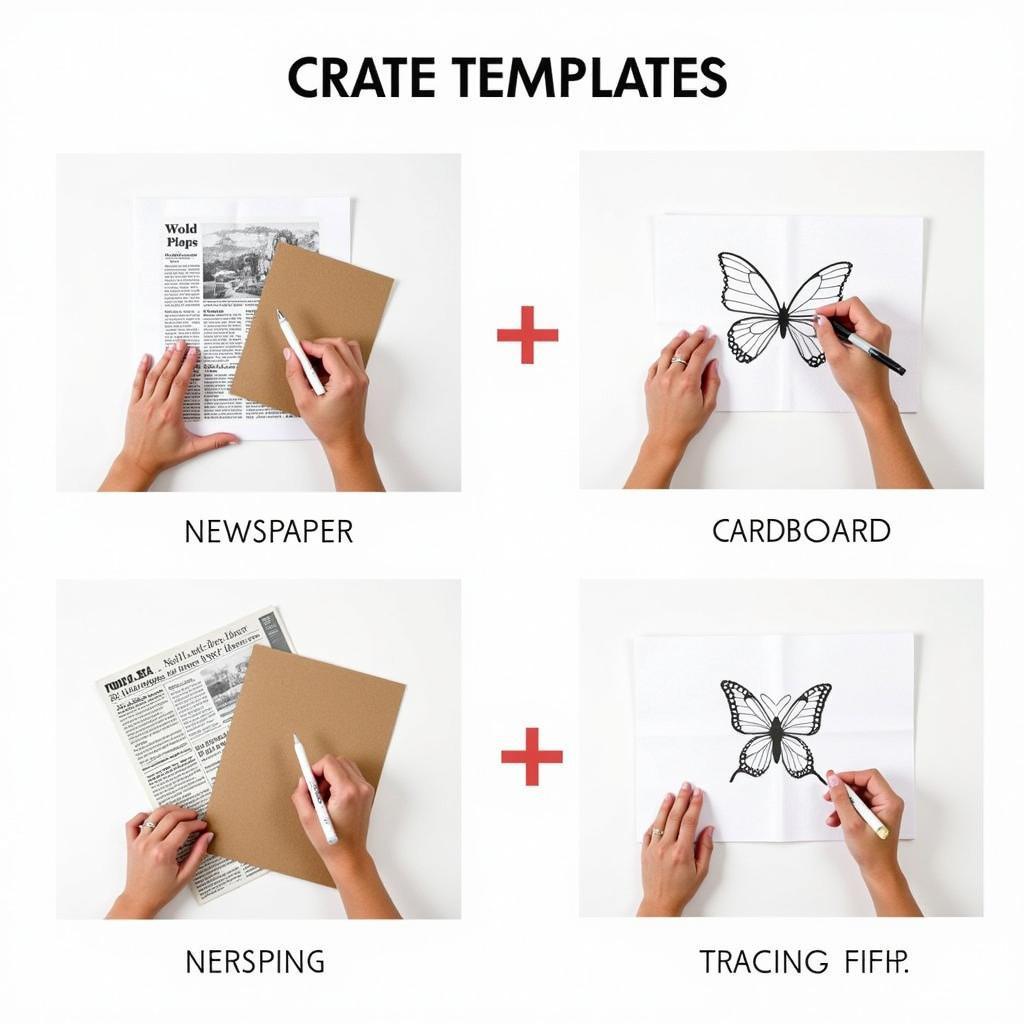Modern Abstract Art: A Journey into the World of Contemporary Expression
Modern Abstract Art, a captivating realm of artistic innovation, transcends the boundaries of traditional representation. It embraces a visual language that prioritizes form, color, and texture over literal depictions, inviting viewers to embark on a personal journey of interpretation and emotional resonance. From the pioneering works of early 20th-century masters to the cutting-edge creations of contemporary artists, modern abstract art continues to evolve, challenging perceptions and sparking profound dialogues between artist and audience.
Deciphering the Essence of Modern Abstract Art
Unlike figurative art, which strives to depict the world realistically, modern abstract art delves into the realm of pure visual language. It eschews recognizable objects and scenes, opting instead for a symphony of shapes, lines, and hues that evoke emotions, ideas, and sensory experiences. This departure from traditional representation allows for boundless creativity and opens up a world of interpretive possibilities.
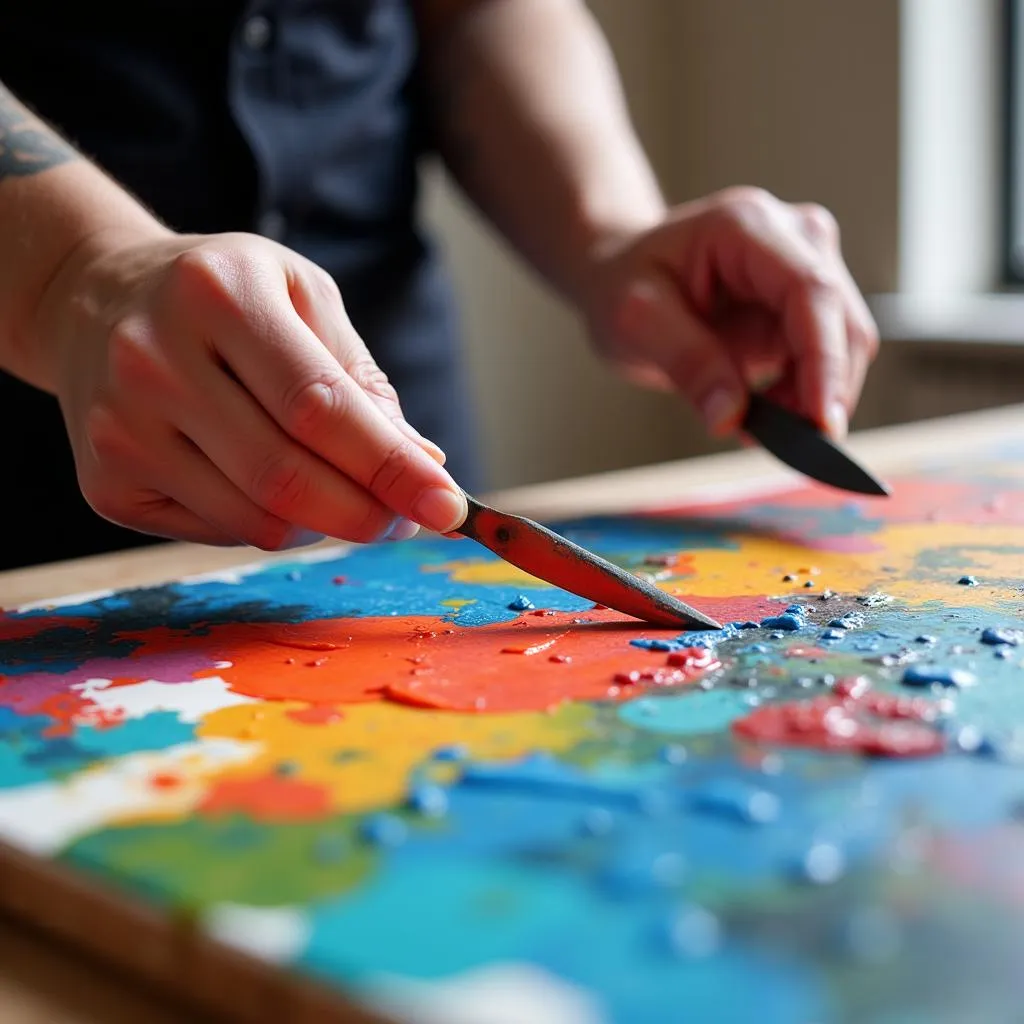 Artist creating an abstract painting
Artist creating an abstract painting
Key Movements in Modern Abstract Art
The evolution of modern abstract art is punctuated by a series of influential movements, each with its own distinct visual characteristics and philosophical underpinnings:
- Abstract Expressionism: Emerging in post-World War II America, this movement celebrated spontaneous gestures and emotional intensity. Artists like Jackson Pollock and Willem de Kooning dripped, splattered, and poured paint onto canvases, expressing their inner worlds with unrestrained freedom.
- Minimalism: In stark contrast to the gestural exuberance of Abstract Expressionism, Minimalism sought to strip art down to its bare essentials. Artists like Donald Judd and Frank Stella created geometric compositions using industrial materials, emphasizing clarity, simplicity, and the objective presence of the artwork itself.
- Color Field Painting: Led by artists like Mark Rothko and Barnett Newman, Color Field painting explored the expressive power of pure color. Vast canvases awash in luminous hues aimed to evoke spiritual transcendence and a sense of the sublime.
Exploring Different Techniques and Styles
Modern abstract artists have an expansive arsenal of techniques and styles at their disposal, constantly pushing the boundaries of artistic expression:
- Gestural Abstraction: Emphasizing the artist’s physical movements and emotional impulses, this style often features bold brushstrokes, drips, and splatters, revealing the energy and immediacy of the creative process.
- Geometric Abstraction: Rooted in mathematical precision, geometric abstraction employs geometric shapes, lines, and patterns to create harmonious compositions that often exude a sense of order and balance.
- Lyrical Abstraction: Characterized by its fluidity and organic forms, lyrical abstraction evokes a sense of musicality and poetic expression. Artists often use flowing lines, delicate washes of color, and ethereal textures to create dreamlike compositions.
The Enduring Legacy of Modern Abstract Art
Modern abstract art continues to captivate and inspire, its influence reverberating across various creative disciplines, from painting and sculpture to design, fashion, and architecture. Its ability to transcend cultural barriers and evoke universal emotions has solidified its place as a timeless and ever-evolving form of artistic expression.
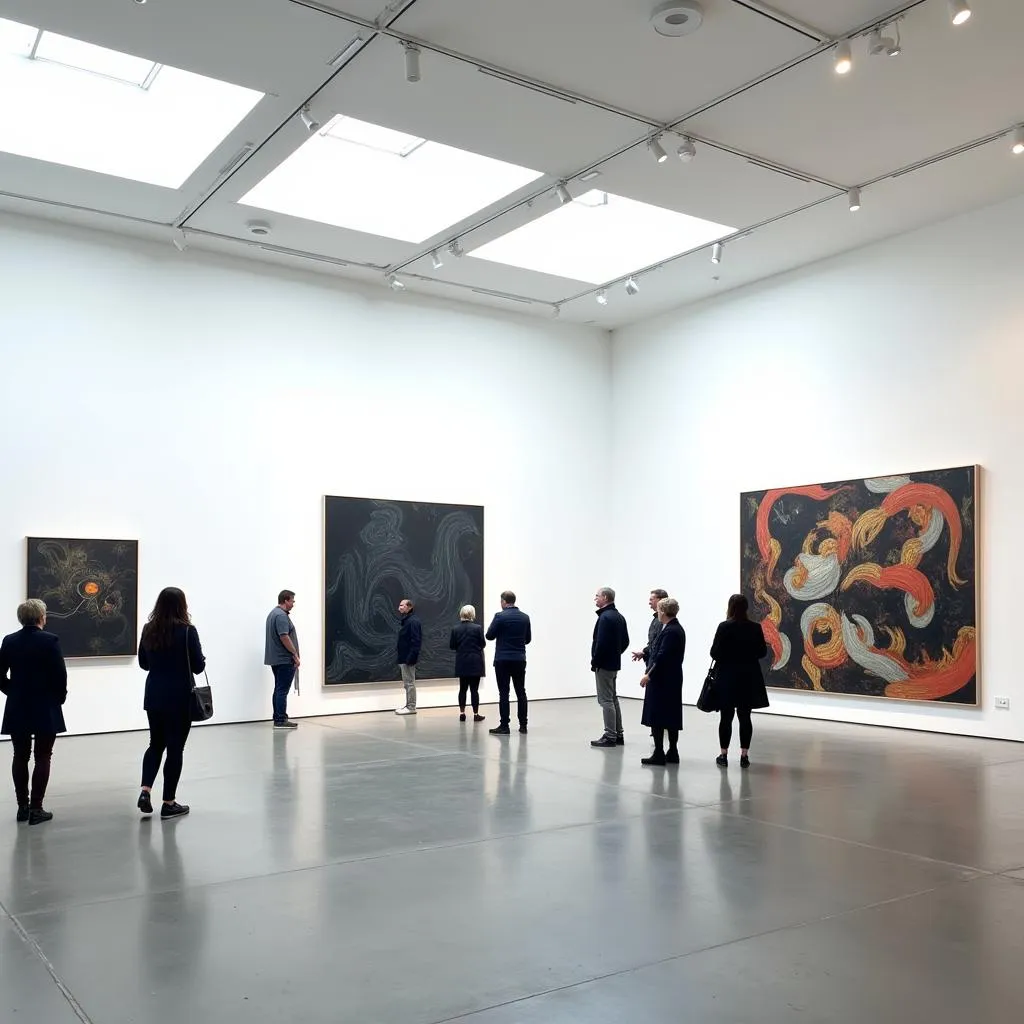 Modern art gallery displaying abstract art
Modern art gallery displaying abstract art
Conclusion
Modern abstract art, with its rejection of literal representation and embrace of pure visual language, invites us to look beyond the surface and engage with art on a deeper, more personal level. It’s a realm of endless exploration, where color, form, and texture converge to create powerful expressions of human emotion, thought, and creativity. As we continue to navigate the complexities of the 21st century, modern abstract art remains a vital force, challenging our perceptions and reminding us of the boundless possibilities of human imagination.
FAQ
1. What is the main difference between modern and abstract art?
While all modern art isn’t necessarily abstract, abstract art is considered a significant movement within the broader category of modern art. The key distinction lies in their approach to representation: modern art often experiments with new techniques and styles but may still depict recognizable objects or scenes, while abstract art breaks free from literal representation, focusing on form, color, and texture to convey emotions and ideas.
2. How do I interpret abstract art?
Interpreting abstract art is a subjective experience. There’s no right or wrong answer. Instead of searching for a specific meaning, allow yourself to connect with the artwork intuitively. Pay attention to the colors, shapes, and textures, and consider how they make you feel. What emotions or thoughts do they evoke?
3. What are some famous modern abstract artists?
The world of modern abstract art is rich with influential figures. Some of the most renowned artists include:
- Wassily Kandinsky
- Piet Mondrian
- Jackson Pollock
- Mark Rothko
- Agnes Martin
- Helen Frankenthaler
- Gerhard Richter
Need Help with Modern Abstract Art?
If you’re drawn to the captivating world of modern abstract art and seek guidance in navigating its intricacies, our team at “Online Art workshops” is here to assist you. Contact us at Phone Number: 02462573573, Email: [email protected], or visit us at Savico Megamall, 7-9 Đ. Nguyễn Văn Linh, Gia Thụy, Long Biên, Hà Nội 10000, Việt Nam. We offer 24/7 customer support and a passionate team eager to help you explore the transformative power of art.
